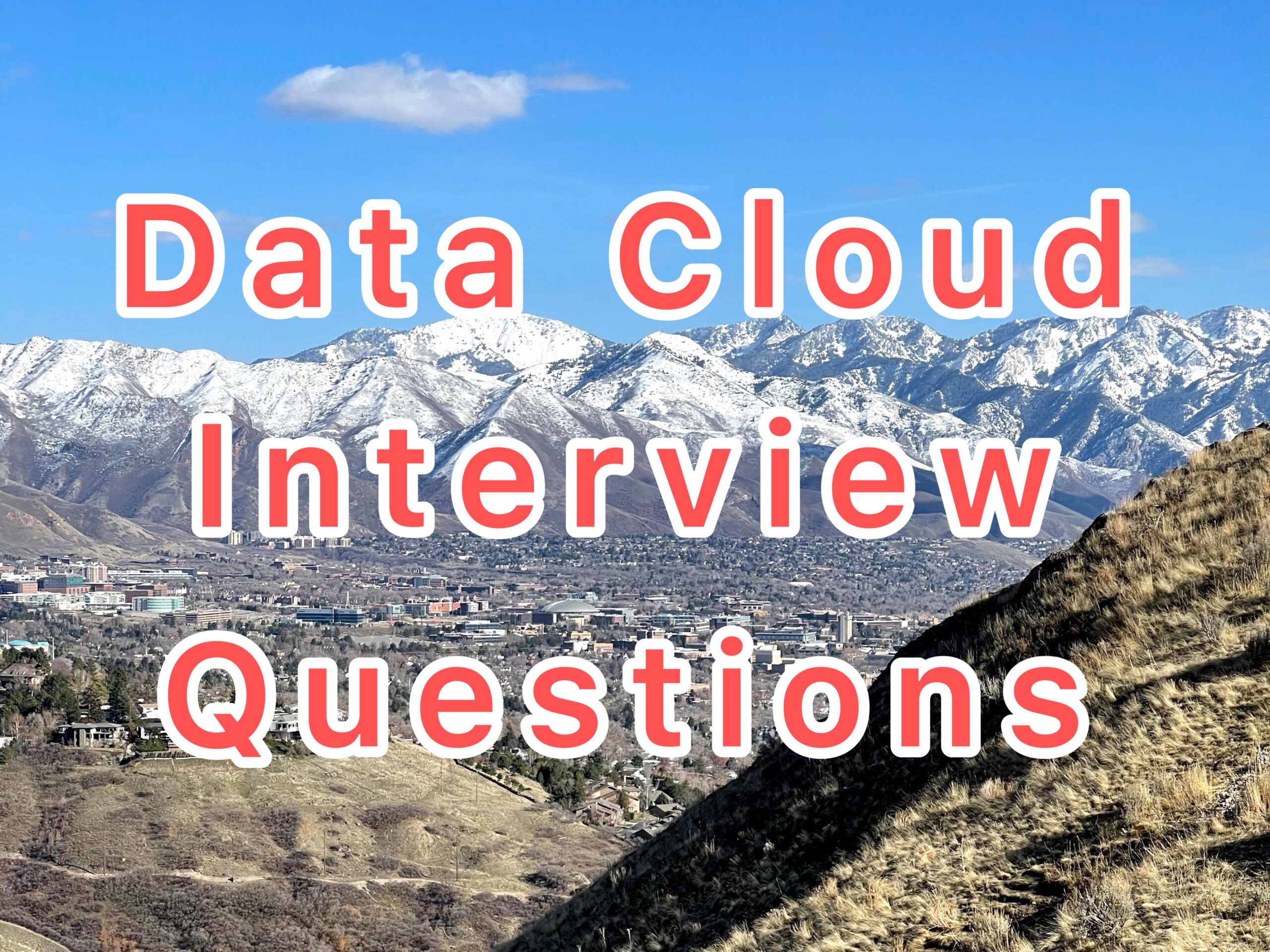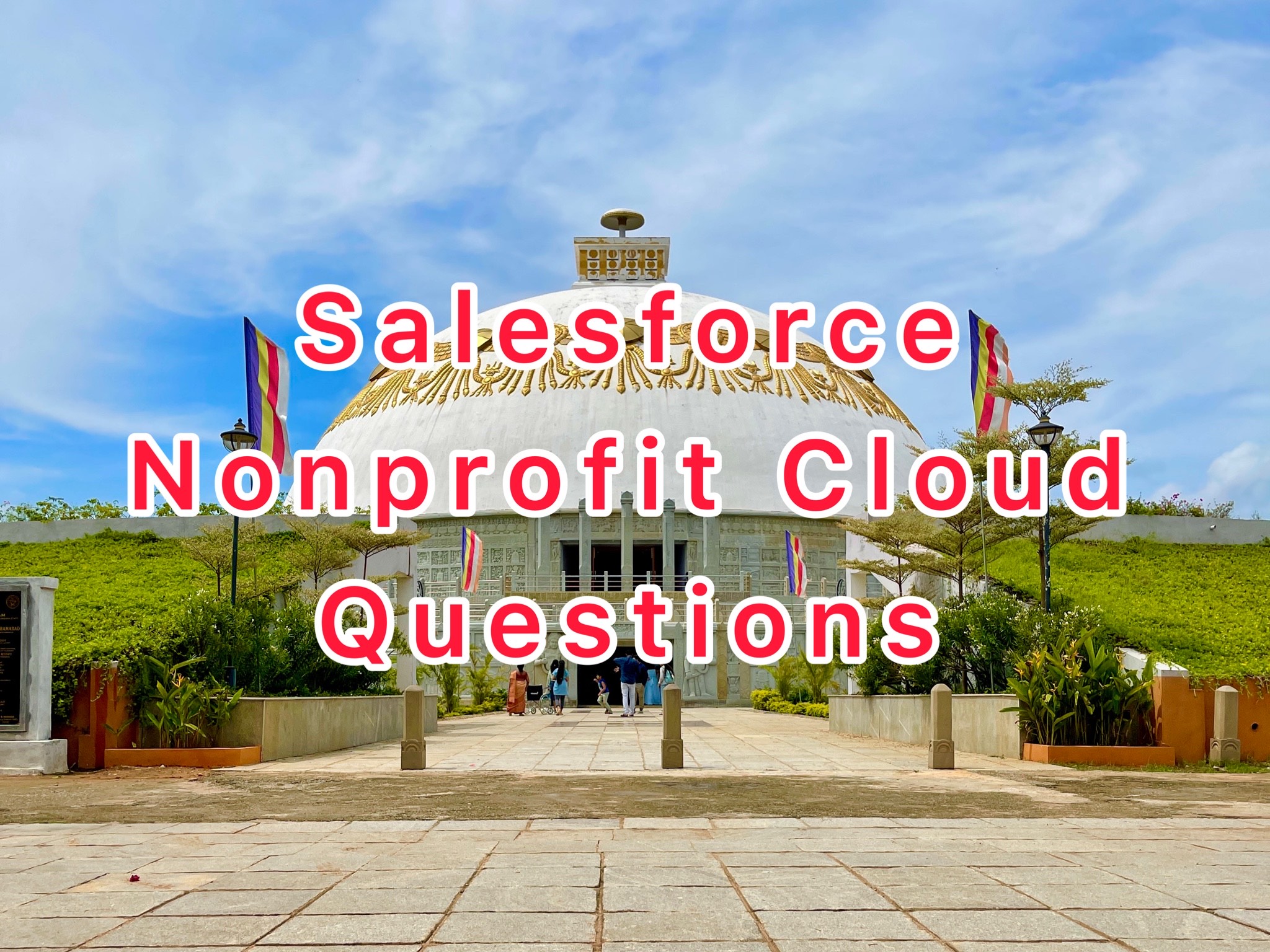Salesforce Sharing & Visibility Interview Questions and Answers.
- Q1. Explain Organization-Wide Defaults.
- Q2. Explain Role Hierarchy.
- Q3. What is a Public Group?
- Q4. What are Sharing Rules?
- Q5. What are different types of Sharing Rules?
- Q6. What are Guest User Sharing Rules?
- Q7. Explain Manual Sharing.
- Q8. What are Restriction Rules?
- Q9. What are Scoping Rules?
- Q10. What is Implicit Sharing?
- Additional Resources
Q1. Explain Organization-Wide Defaults.
Organization-wide sharing settings specify the default level of access users have to each others’ records. You use organization-wide sharing settings to lock down your data to the most restrictive level, and then use the other record-level security and sharing tools to selectively give access to other users. For example, let’s say users have object-level permissions to read and edit opportunities, and the organization-wide sharing setting is Read-Only. By default, those users can read all opportunity records, but can’t edit any unless they own the record or are granted additional permissions. Organization-wide defaults are the only way to restrict user access to a record.
Q2. Explain Role Hierarchy.
A role hierarchy represents a level of data access that a user or group of users needs. The role hierarchy ensures that managers always have access to the same data as their employees, regardless of the organization-wide default settings. Role hierarchies don’t have to match your organization chart exactly. Instead, each role in the hierarchy should represent a level of data access that a user or group of users needs.
An organization is allowed 500 roles; however, this number can be increased by Salesforce.
As a best practice, keep the number of non-portal roles to 25,000 and the number of portal roles to 100,000. As a best practice, keep the role hierarchy to no more than 10 levels of branches in the hierarchy.
Q3. What is a Public Group?
A public group is a collection of individual users, roles, territories, and so on, that all have a function in common. Public groups can consist of:
• Users
• Customer Portal Users
• Partner Users
• Roles
• Roles and Internal Subordinates
• Roles, Internal and Portal Subordinates
• Portal Roles
• Portal Roles and Subordinates
• Territories
• Territories and Subordinates
• Other public groups
Q4. What are Sharing Rules?
Sharing Rules extend sharing access to users in public groups, roles, or territories. Sharing rules give particular users greater access by making automatic exceptions to your org-wide sharing settings.
Q5. What are different types of Sharing Rules?
Sharing Rules are of two types:
- Owner-Based Sharing Rules – An owner-based sharing rule opens access to records owned by certain users. For example, a company’s sales managers need to see opportunities owned by sales managers in a different region. The U.S. sales manager could give the APAC sales manager access to the opportunities owned by the U.S. team using owner-based sharing.
- Criteria-Based Sharing Rules – A criteria-based sharing rule determines with whom to share records based on field values. For example, you have a custom object for job applications, with a custom picklist field named “Department.” A criteria-based sharing rule could share all job applications in which the Department field is set to “IT” with all IT managers in your organization.
Salesforce Sharing & Visibility Interview Questions and Answers
Q6. What are Guest User Sharing Rules?
A guest user sharing rule is a special type of criteria-based sharing rule and the only way to grant record access to unauthenticated guest users.
Q7. Explain Manual Sharing.
Manual sharing gives other users access to certain types of records, including accounts, contacts, and leads.
To grant access to a record, you must be one of the following users.
- The record owner
- A user in a role above the owner in the hierarchy (if your organization’s sharing settings control access through hierarchies)
- Any user granted Full Access to the record
- An administrator
Q8. What are Restriction Rules?
Restriction rules let you enhance your security by allowing certain users to access only specified records. They prevent users from accessing records that can contain sensitive data or information that isn’t essential to their work.
Read More: Salesforce Restriction Rules Explained
Q9. What are Scoping Rules?
Scoping rules let you control the default records that your users see based on criteria that you select. You can set up scoping rules for different users in your Salesforce org so that they can focus on the records that matter to them.
Use scoping rules when you want to control the records that your users see by default. A scoping rule doesn’t restrict users’ access to other records that they sometimes need.
Q10. What is Implicit Sharing?
Implicit sharing grants user access to records via sharing behaviors that are built into Salesforce. This table describes the different kinds of implicit sharing built into Salesforce and the record access that each kind provides.
| Type of Sharing | Provides Implicit Access To |
|---|---|
| Parent | Read-only access to the parent account for a user with access to a child record |
| Child | Access to child records for the owner of the parent account |
| Site or Portal | Access to a site or portal account and all associated contacts for all site or portal users under that account |
| High Volume | Access to data owned by high-volume users associated with a sharing set for users member of the sharing set’s access group |
| High Volume Parent | Read only access to the parent account of records shared through a sharing set’s access group for users member of the group |
Additional Resources
The article will be updated soon, please come back for more Salesforce Sharing & Visibility Interview Questions and Answers!
Recommended Articles


